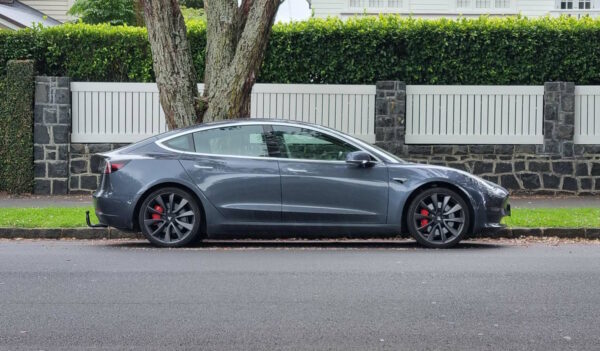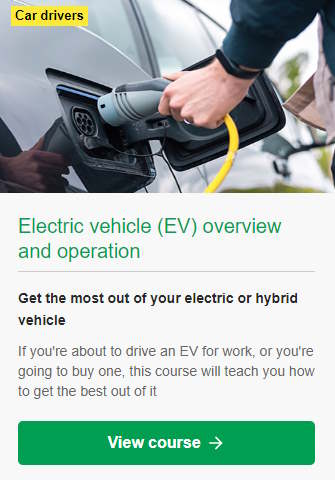Electric vehicles deliver instant torque from their electric motors so should, all things being equal, be very capable of towing. Cars are given a towing capacity for unbraked trailers (i.e. those that have no brakes on the trailer wheels) and braked trailers, and this is stated in kilograms or pounds, depending on the country you’re in.
A tow bar is fitted to the car and welded to the back of the chassis. To be suitable for towing, an electric vehicle’s chassis must have enough strength to resist stretching under acceleration or compressing under braking as all stresses and strains from the tow coupling are transmitted into the chassis. It also must have enough braking power to cope with the extra weight; EVs are heavier than ICE vehicles, so comparable EV models will tend to have a lower towing capacity otherwise brake fade can occur. An example of this is the BMW iX3 (750kg) vs the BMW X3 (2600kg).
Sometimes, a towing capacity will be listed lower than its maximum capacity to maintain the vehicle within a certain licence class (i.e. making it more would require a C1E medium-sized vehicle licence, for example); this mainly applies to some of the newer pickup trucks that have a large payload capacity without the trailer.
With an electric vehicle, unlike an internal combustion engine vehicle, the batteries form part of the chassis. Any forces on the chassis should not be enough to cause an issue with the batteries, therefore some vehicles (e.g. Nissan Leaf) are not suitable for towing, whereas others are. The MG ZS EV has a 500kg towing capacity, the Jaguar i-Pace (2022 onwards) will tow 750kg, while the Kia EV6 will tow around 1600kg with a braked trailer (750kg with an unbraked trailer), and the Mitsubishi Outlander PHEV will tow 1600kg with a braked trailer.
To tow a caravan, a towing capacity of around 1300kg is required for a good sized smallish caravan, or 1800kg for a larger caravan; check the weight, though, and bear in mind that 10% of the weight of the caravan or trailer will be passed through the tow ball, which will reduce the amount you can carry in the vehicle.

Battery range
To get the best battery range, it’s essential to get good instruction or training because driving an EV is different to driving a petrol- or diesel-powered car. There are many factors that you wouldn’t think about that come into play when you drive an EV.
Towing a vehicle drains the battery much more quickly. The extra weight takes much more power to get moving, and the wind resistance fights against the usually slippery coefficient of drag that EVs are designed with. However, when braking, as there is more kinetic energy, more can be captured back into the battery.
Towing a small, light, low trailer won’t affect your range as much as towing a large, heavy caravan, which could drop the range by as much as 50%.
The speed reduction when towing a trailer from 70mph to 60mph will give you around 25% more range.
How do you know whether your EV can tow?
Check in the manufacturer’s documentation. As mentioned above, there will be a tow rating. It’s important that you use a tow bar manufacturer that can fit a suitable tow bar that meets local standards requirements. The tow bar must be ‘type approved’ and have a label on it otherwise it’s limited to 750kg.

